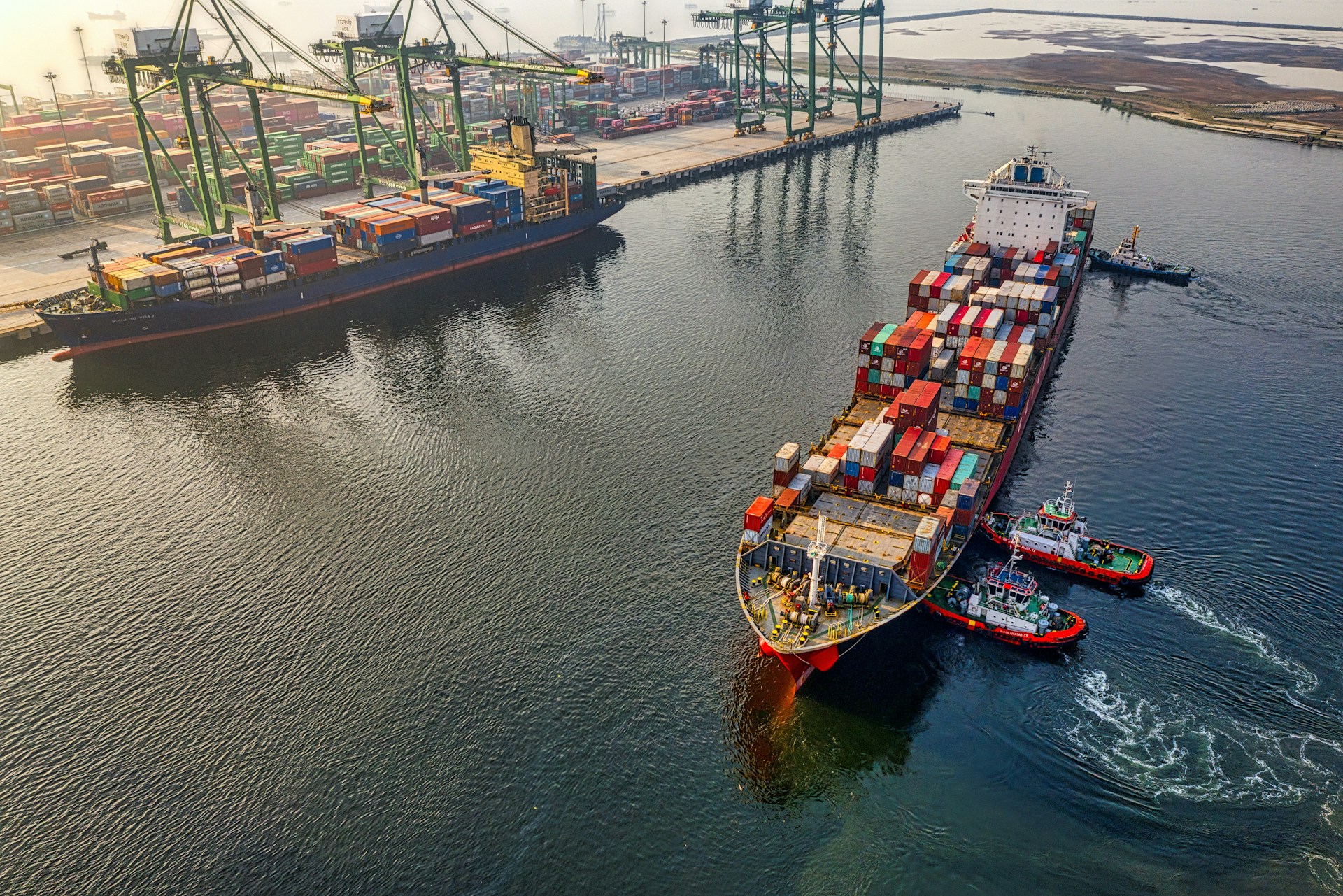Tradewind has closed a £1.5 million trade finance facility for a manufacturer and exporter of ready-made garments based in India. The company sells mainly to the reputable buyer Primark in the US, Ireland, UK and Spain. With Tradewind’s funding in place, the garment company is able to fill its working capital requirement and pursue potential growth opportunities.
The client had worked with Tradewind previously and was pleased with its services in the past. When it required additional liquidity to fill its rapidly increasing orders and to support a higher volume of sales on open account terms, the client turned to Tradewind again for its tailored and flexible cash flow solutions, coupled with its international capabilities and years of experience in the textile and apparel industry in India. This time around, the funding process was even easier for the client because of Tradewind’s extensive dealings with Primark in its work with other clients. Tradewind structured the facility in EUR and GBP.
“Tradewind values clients like this who are based out of India and are contributing to the robust garment industry there. Our organization has two offices in the country, a testament to our dedication to service the various needs of Indian exporters with geo-specific expertise and resources,” states Ankit Goel, Managing Director for Tradewind UAE and India.
Tradewind (formerly DS-Concept) maintains a network of offices and affiliates all over the world, including Bangladesh, Bulgaria, China, Hong Kong, Hungary, Iceland, India, Pakistan, Peru, Turkey, UAE, and USA as well as the headquarters in Germany. Combining financing, credit protection, and collections into a single suite of trade finance products, Tradewind brings streamlined, flexible and best-in-class services to the world’s exporters and importers.



